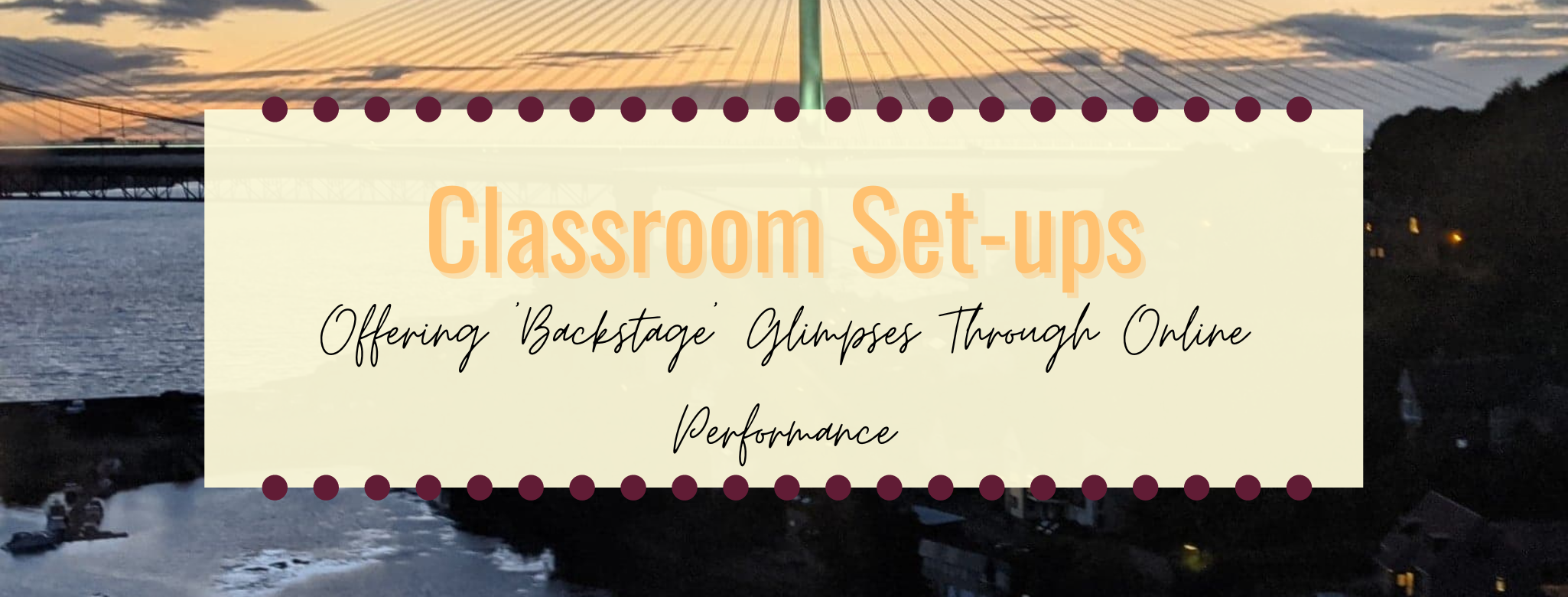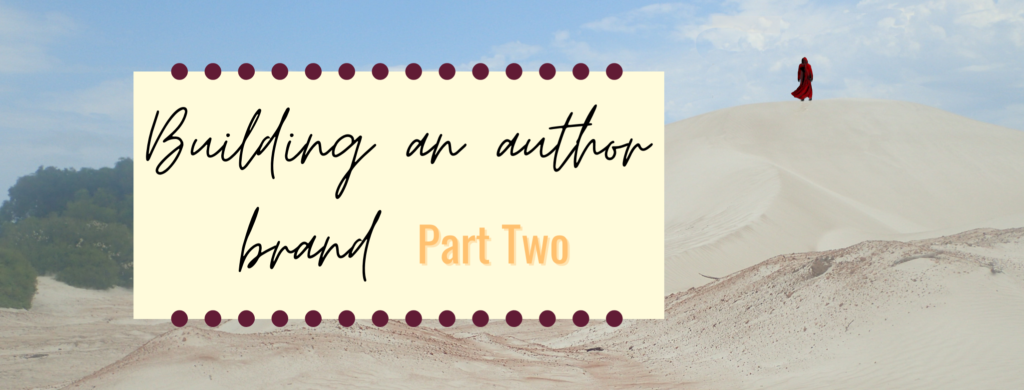Four days until the next wave of Shifting Sands! I think we might actually be back to the beginning now? Either way, if you still need to check out the current cycle featuring Kishon, Aamarin, and Keiziro, you have until the 17th. And, if you’d like to stay up-to-date and receive each cycle as it comes, don’t forget to sign up to the newsletter. In the meantime, however, let’s talk about my latest addiction: classroom set-up videos on Youtube. Or, you know, since this is a writing/research blog, backstage glimpses through online performance.
Setting the Classroom Stage
I’m not really sure how this obsession began. I mean, this is the video that set things off, but I’m not entirely sure how I got there. I guess the fact I like watching design videos and Tiktok organisation compilations did something to the Youtube algorithm and it started piling my recommendations with elementary teachers setting up their classrooms for a new academic year. And, while I am in a different country and work with different age, there’s something very soothing about watching them. Once upon a time, I planned to work in early years education. Higher education isn’t all that different really – both groups need naps – but I don’t get the satisfying space set-up moments. I mean, if I get a proper office one day, I might (and will totally have some kind of comfort area) but until then I have minimal control over my classroom aesthetics.
Obviously, the design elements and care for students connect with me. They make the videos easy happy watches. But, as is typical for me, watching these classroom set-ups also make me think about online performance. I’ve spoken about Goffman previously – here he is again! Goffman’s dramaturgical theory treats social situations like theatre. The ‘front’ is where the performance takes place before the audience. ‘Backstage’ is where the performer prepares out of view of their audience. In the physical world, this divide is pretty simple; in the theme park experience described by Xin Cui here, the audience gets the illusion of being ‘backstage’ but arguably the real backstage exists in ‘staff only’ spaces. Setting up a classroom for the new year should be backstage work. Vlogging blurs this line.
Backstage Glimpses
Marwick and boyd (2011) discuss the need for intimacy in an online performance. Particularly for public figures, such as authors, there is a need to let readers in and make them feel like they’re getting a glimpse of the real person. They want to see backstage. And we do see this. I sampled tweets from 45 authors around the time of their latest publication to learn what they posted about. “Real” life was common, with posts about walks with family or jokes about the family pet threaded in between author work and promotional posts. I only knew a handful of these authors before I analysed their posts but, by the end, I could see why a reader might follow each one and feel like a friend. But, while social media encourages these backstage glimpses, these are undeniably performances.
The typical format for a classroom set-up is as follows:
- the teacher introduces themselves and explains their grade/how long they’ve been teaching.
- They show you the room. It’s either blank to begin with and full of things that need to find their places, or the teacher has to strip it bare.
- Video after video follows of the teacher setting up the space. They’ll explain their thought process behind design choices, both as ‘just a feeling’ and from a pedagogical standpoint.
- They round everything up by talking about running out of set-up time and having to begin being a teacher – meetings, parent visits, and the children arriving.
It gives an in-depth glimpse into the (often underacknowledged) preparation that goes into being a teacher. Their backstage life. But all performed in front of a camera with props and actions which ‘confirm’ their role. I’ve watched almost a dozen different teachers do these set-ups by this point, of different levels and from different places around the US and yet they’re all so similar.
The ‘Backstage’ Online Performance
Our lives online are a weird blend of front and backstage. Half the time we’re at home in pjs – inherently backstage – but we’re also tweeting to a mass audience. Performing. The author who posted picture after picture of them signing bookplates or unboxing special editions was giving a backstage glimpse of author life, but also using these tweets to reaffirm their role as author. The author who asked for opinions on a subject related to their writing was inviting reader interaction, creating a sense of friendship or peer activity, but also displaying their authority over the subject.
I guess one of the things I find particularly interesting about the classroom set-ups is the question of audience. I’m not the target audience. I stumbled onto that side of the internet by accident and have just kind of… stayed. The use of acronyms and particular jargon suggests an audience of peers in the same field? But this is also interesting when we consider intention. The performances suggest trying to be helpful to other practitioners – “here’s a resource linked in my bio!” – but there is also this kind of reassurance of role happening. We’re seeing the backstage prep for the performance in front of students but also having the role of teacher performed for an informed audience online. They want to be seen as a teacher by their peers (and, I assume, potential employers?).
Reaffirming Roles
I’ve been thinking about teaching a lot, even outside of this weird stumble down elementary school classroom set-up videos. I’m coming to the end of my PhD – which I both eagerly anticipate and don’t feel ready for – and that means applications. Applications for my teaching qualification, applications for lecture positions, ect. I submitted my HEA Fellowship application today (YAY!), which is all about teaching in Higher Education, so how I teach and why I do it that way has obviously been a big part of that. But I also see parallels through the application process and the teacher vlogs.
On an application, I’m trying to reassert my role and provide evidence for it. Look, I have supervisory experience (hire me!). I’ve taught across levels (hire me!). But, while the props are different – I mean, mine are primarily written examples versus a multitude of stationary storage boxes – the intention is the same. See me as the role I’m trying to embody. Both give backstage glimpses into the thoughts and processes behind practice, but performed for an audience that understands the intention behind it. The props all relate to the ‘front’ stage audience, but the intention of the text/vlog is to perform backstage to potential teammates. I find the parallels interesting.
If anyone has seen anything similar from a HE context, I’d love to hear about it! Otherwise, I hope you enjoyed this ‘backstage’ online performance ramble.



